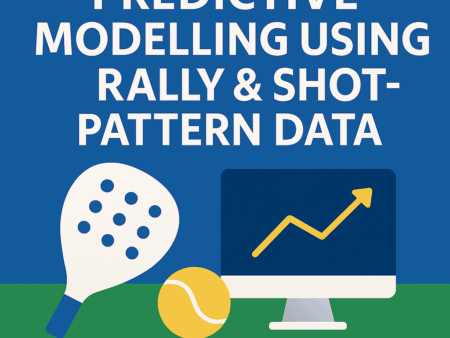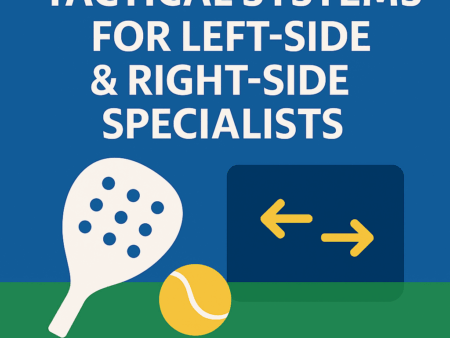Padel & tennis share some similarities — rackets, balls, courts, scoring — but in reality they are very different sports. Padel is faster, more tactical, more social & easier for beginners, while tennis demands more power, technique & physical range.
This guide breaks down all the key differences so you understand exactly how the two sports compare.
1. Court Size & Structure
Padel court
- 20m x 10m
- Fully enclosed with glass walls & metal mesh
- Nets & lines similar to tennis but on a smaller scale
Tennis court
- Much bigger (23.77m x 8.23m singles / 10.97m doubles)
- Open court with no walls
- Harder to cover physically
Big difference:
Padel is played inside an enclosure. Tennis is played in an open court.
2. Use of Walls
This is the biggest technical difference.
Padel
- Players use glass walls for rebounds
- Balls can be played after hitting the wall
- Walls are strategic tools for defense & attack
Tennis
- No walls
- One bounce only
- Balls out of bounds end the point
Padel = creativity with glass.
Tennis = precision without walls.
3. Racket Differences
Padel racket
- Solid surface (no strings)
- Made from foam & carbon
- Holes drilled through the face
- Shorter racket with no handle extension
Tennis racket
- Stringed
- Larger head & sweet spot
- Long handle for two-handed grips
- Generates much more power
Padel rackets produce softer, more controlled shots.
4. Serving Rules
Padel serve
- Underarm
- Ball must bounce before hitting it
- Serve diagonally into a service box
- No aces like in tennis — placement > power
Tennis serve
- Overhead & powerful
- One of the most important attacking shots
- Aces & high-speed serves are common
Padel serves start the point; tennis serves often end the point.
5. Scoring System
Both sports use the same scoring structure:
15 → 30 → 40 → game.
However:
- Padel almost always uses golden point
- Tennis uses advantage scoring
- Tiebreak formats can differ
Scoring is similar, but gameplay around scoring is different.
6. Ball Differences
Padel ball
- Looks like a tennis ball but with lower pressure
- Slower & less bouncy
Tennis ball
- Higher pressure
- Faster & more reactive
Padel balls slow rallies down & encourage longer points.
7. Gameplay Style
Padel
- More tactical
- Uses rebounds
- Faster rallies
- Emphasizes teamwork
- Less power, more strategy
Tennis
- More physical
- More powerful groundstrokes
- Longer court coverage
- Individual athleticism matters more
Padel rallies last longer & require fast thinking, while tennis rallies often end on power shots.
8. Difficulty for Beginners
Padel
- Very beginner-friendly
- Easy to learn & start having fun
- Shorter swings & smaller court
Tennis
- Harder for beginners
- Complex technique
- Larger court requires more mobility
Padel is easier to pick up, especially for recreational players.
9. Equipment Cost
Padel
- Rackets €60–€350
- Shoes similar to tennis
- Balls slightly cheaper
Tennis
- Rackets €80–€400+
- Stringing costs add up
- More variation in gear
Padel is generally cheaper because rackets don’t need stringing.
10. Physical Demands
Padel
- Less running
- More short sprints
- Lower injury risk
- Less shoulder strain
Tennis
- More explosive movement
- Requires high speed & agility
- More impact on joints
- Greater full-body strength
Padel is gentler on the body & suits more age groups.
11. Social Factor
Padel
- Always played in doubles
- Non-stop communication
- Very social, fast, fun
- Great for groups & mixed levels
Tennis
- Mostly singles
- Doubles optional
- More individual focus
Padel feels more accessible & community-driven.
🎯 Quick Summary
| Category | Padel | Tennis |
|---|---|---|
| Court | Enclosed | Open |
| Racket | Solid | Strung |
| Serve | Underarm | Overhead |
| Walls | Integral | None |
| Ball | Low pressure | High pressure |
| Difficulty | Easy | Harder |
| Style | Tactical, fast | Powerful, technical |
| Social | Always doubles | Often singles |
Padel = fast, social, strategic.
Tennis = powerful, technical, athletic.
Both are amazing — just very different experiences.


